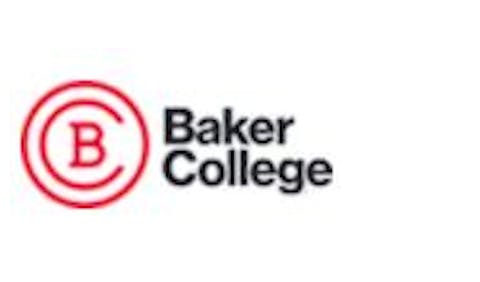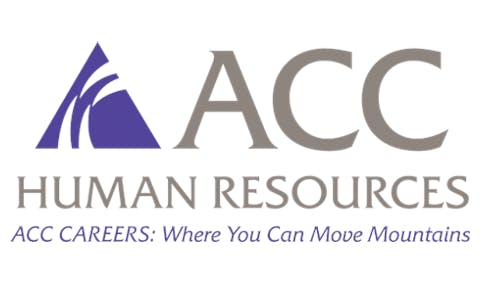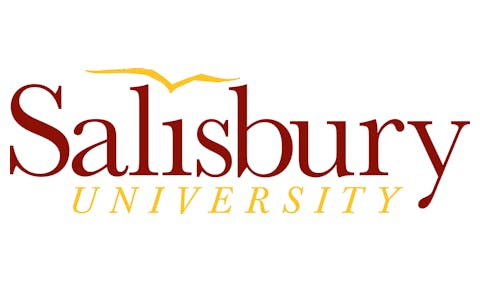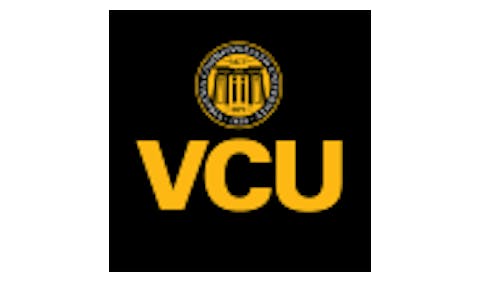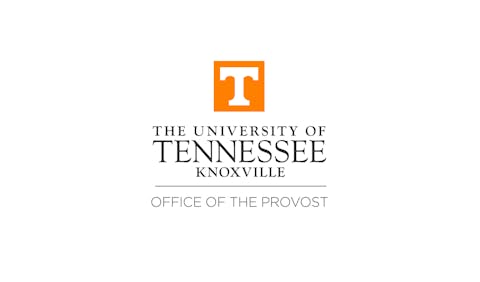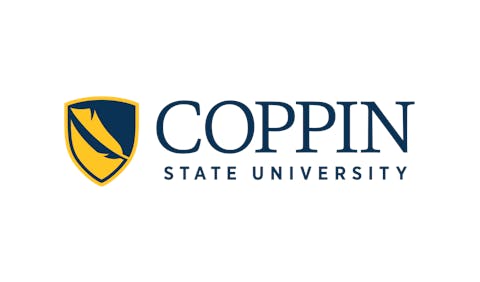In the heart of Washington, D.C., a quiet revolution is taking place. At Trinity Washington University, where 85% of students are Black or Hispanic and many are the first in their families to attend college, educators are answering one of America's most urgent questions: What do today's graduates truly need to succeed in higher education and beyond?
 Dr. Sita Ramamurti
Dr. Sita Ramamurti
Consider the sobering reality Trinity faculty face daily: nursing students arriving to college without fundamental chemistry skills and future educators lacking the mathematical literacy their careers demand. Rather than lower expectations, Trinity has chosen a different path—one that starts in high school through groundbreaking dual enrollment partnerships.
High schoolers from schools such as Coolidge, KIPP DC, CHEC, and McKinley Tech in Washington, D.C. aren't just taking college prep courses; they're taking actual college classes by enrolling in Trinity's dual enrollment and early college programs. These aren't watered-down versions, they're the real thing, taught to college standards, creating what Trinity calls "academic courage." In the process, students discover they can handle rigorous work, building not just skills but the confidence that propels persistence.
The Liberal Arts Advantage in a Skills-Based World
The second pillar might surprise those caught up in the national debate over practical versus theoretical education. At Trinity, we've refused to choose sides, instead proving that the strongest professionals combine technical competence with deep intellectual grounding. Every Trinity student—whether studying nursing, business, or criminal justice—engages with literature, philosophy, and history. This isn't academic luxury; it's strategic necessity. In a world where AI can perform many technical tasks, the uniquely human abilities fostered by liberal arts education—critical thinking, cultural competence, ethical reasoning—become invaluable differentiators. But Trinity goes further, weaving practical skills throughout a students' liberal arts foundation. Students practice professional communication, master teamwork dynamics, and develop the resilience that separates those who survive career disruption from those who thrive through it.
The result? Graduates who can both analyze a budget and understand its human impact and who can lead a team while appreciating diverse perspectives; who can adapt to technological change because they understand the broader context in which it occurs.
Support That Follows Students Home
The third pillar acknowledges an uncomfortable truth: academic preparation alone isn't enough when students face challenges that textbooks never mention. Trinity's Center for Student Success operates on a radical premise—that supporting the whole student isn't a luxury but a necessity. Through our partnership with DC Public Schools, Trinity has created what amounts to an academic safety net that extends beyond campus borders. Professional advisors track not just grades but life circumstances. Financial success specialists help students navigate everything from FAFSA forms to emergency rent assistance. Academic support includes not just tutoring but study skills workshops that teach the learning strategies many students never acquired. This comprehensive approach recognizes what research has long confirmed: student success depends as much on addressing barriers outside the classroom as strengthening preparation within it. When a student's transportation fails or a family crisis erupts, having systems in place to respond quickly can mean the difference between persistence and dropout.
Equity as Strategy, Not Slogan
The fourth pillar transforms equity from an aspirational goal into operational reality. Trinity doesn't just talk about serving underrepresented students—we've become the private university in D.C. that enrolls more local residents and DC public school graduates than any other. But numbers tell only part of the story. True equity means ensuring that a student's zip code, family income, or previous educational experiences don't predetermine their potential. Through innovative partnerships such as the dual credit General Nursing Pathway offered in collaboration with OSSE's Advanced Technical Center, Trinity creates new routes to high-demand careers while maintaining rigorous standards. This isn't about lowering bars—it's about removing barriers. When transportation limits access, Trinity provides solutions. When technology gaps create disadvantages, we bridge them. When family unfamiliarity with higher education creates navigation challenges, we offer guides.
A Model for the Nation
Trinity's four-pillar approach offers more than inspiration—it provides a replicable framework for institutions nationwide grappling with similar challenges. The principles translate across contexts: align academic preparation with real-world demands, integrate intellectual breadth with practical skills, support the whole student not just the academic performer, and embed equity into operational design rather than treating it as an afterthought. The results speak to the model's potential. Trinity graduates enter careers in nursing, education, business, and public service equipped not just with technical competencies but with the adaptive capacities that enable long-term professional growth. They become leaders who understand both spreadsheets and social justice, who can navigate both boardrooms and community meetings.
As America grapples with questions about higher education's value and accessibility, Trinity's approach suggests a path forward. By focusing on what students actually need to succeed rather than what institutions have traditionally provided, we're not just changing individual lives, we're demonstrating how thoughtful innovation can transform educational outcomes at scale.
The revolution in D.C. may be quiet, but its implications are profound. In an era when many question whether college is worth the investment, Trinity is proving that the right kind of higher education—one that is rigorous, holistic, supportive, and equitable—remains one of our most powerful tools for expanding opportunity and building a stronger society.
____________
Dr. Sita Ramamurti is a Professor of Mathematics and Dean of the College of Arts and Sciences at Trinity Washington University, a Predominantly Black Institution and Hispanic Serving Institution.










